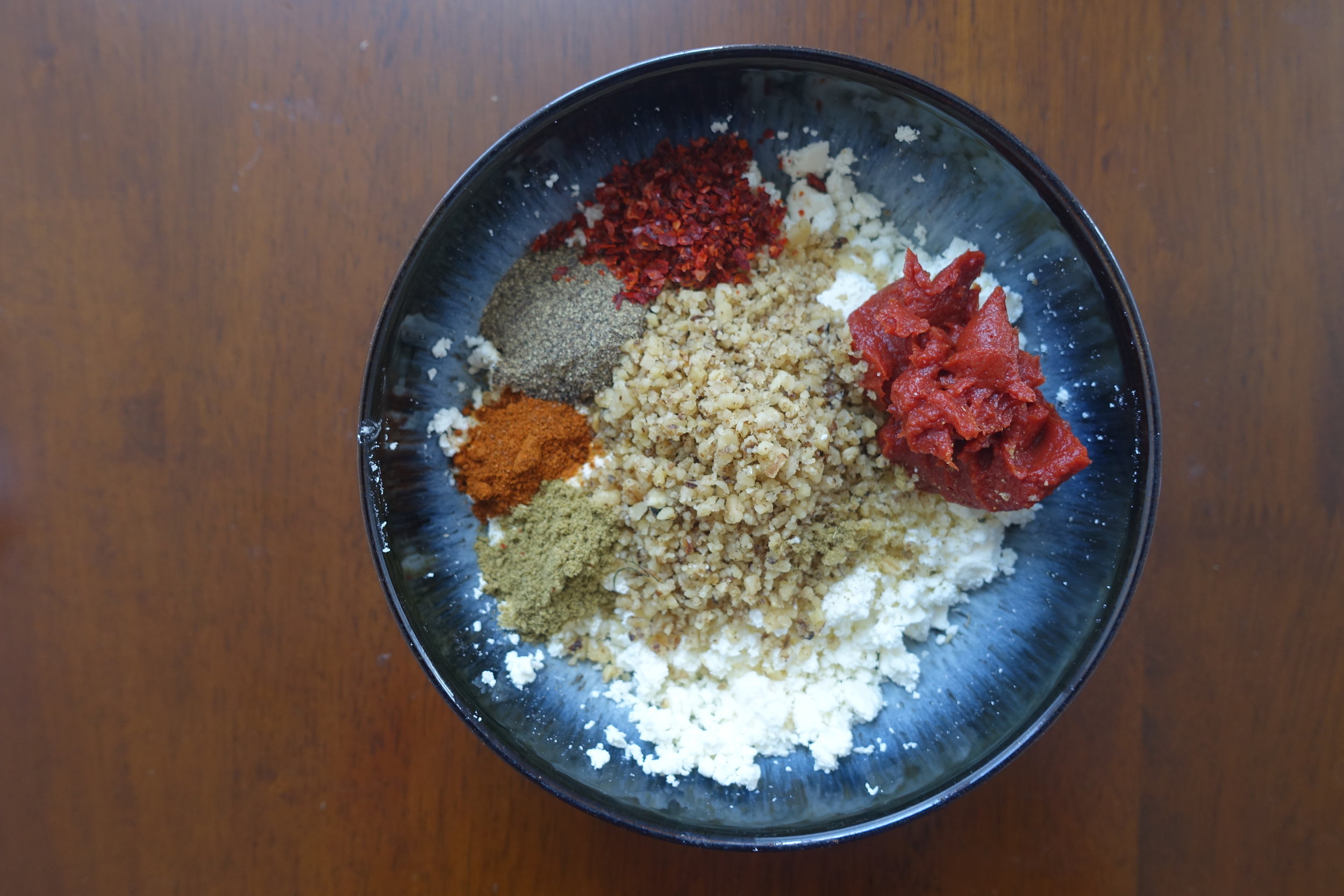I grew up in a big city but I spent almost every summer down in the Mediterranean coast of Turkey, staying with my grandparents. My grandparents built a gorgeous white house with a gigantic garden for their retirement. The garden, and calling it a “garden” is definitely an understatement, grew pretty much every fruit and vegetable you can imagine. Strawberries, peaches, kiwis, blackberries, figs, plums, tomatoes, avocados, quinces, beans, peppers, and many more.
I learned pretty much everything I know about plants, soil and food at that garden. When I was 4 years old, I knew every single tree, plant and weed so well that I used to give detailed garden tours to all of our visitors. I learned that earth is bountiful, plants are resilient, animals are resourceful, growing food is lots of sweat and hardwork and that fresh hand-picked produce is unlike any other. Some mornings we had to wake up at 6 am to harvest the strawberries to avoid the scorching heat of the day. Some days we had to get down on our knees and pick weeds for hours and sometimes we just could not compete with the birds that ate all the fruits and learned to let go.
The garden has given my family so much produce over the years and sometimes, it was a little too much to eat. Imagine a house with six (maybe even more) peach trees. If every family member ate 2 peaches a day, we still could not go through weeks worth of harvest before the fruits started going bad. Those were the times when the kitchen turned into a jam factory, filling jars with sweet summer sunshine. Watching the vivid colors of fruit lava bubbling away followed by tasting a fresh batch of jam, spread on a warm slice of bread with butter. So satisfying.
In Turkish culture, preserving food is a very common practice. We pickle, can and ferment produce, make jams and vegetable pastes, and dry fruits, vegetables and herbs. We use preserved food throughout the year, making up for the cold seasons that are not as productive as summer. Some of these activities, like making large amounts of tomato paste is a group undertaking where every family member has a task. Jam making on the other hand, is pretty easy unlike what you might think.
For this post, I used five different fruits that are still in season (at least in the PNW): peach, apricot, strawberry, blackberry and sour cherry. The best time to make jam is when the fruits are in their peak season. I like to buy fruits from my local farmers market. Farmers know which fruits are at peak season. If they have three types of peaches for instance, I ask them which kind would work best for making jam. Many people think that leftover, almost too ripe, about to go bad fruits should be used to make jam. Your jam tastes as good as the fruits you use. So I always try to use the best fruits for jam, cutting off and discarding any bad bits if there are any.
Tips:
Traditional jam recipes call for 1 part sugar to 1 part fruit. For example, if you have 2 lbs of peaches, you need 2 lbs of sugar. I like my jams to taste like fruit so I use less sugar than recommended. If you use fruits at their peak, fruits will be sweeter so you can get away with less sugar. If your fruits are very sour, such as sour cherries, you can use 1-to-1 ratio of sugar to fruit.
I don’t like to write recipes that require a lot of special tools. But, in the case of making jam, a kitchen scale and a jar lifter come extremely handy. You need a kitchen scale because it is crucial to weigh the fruits and the sugar to ensure you have a great tasting jam. Without measuring, you can easily end up with an overly sweet, syrupy tasting jam. Kitchen scales are pretty cheap, ranging between $10-20. Here is the one I own. You can also use a kitchen scale to measure out ingredients for making bread and portioning food. Overall, they come handy and you will definitely use it for other recipes. Jar lifters are also useful if you want to be safe while handling hot jars and boiling water. Here is the one I have and they are as cheap as $6.
Always weigh the fruits after they are washed, cleaned and chopped. You might buy 3 lbs of peaches but, once the pits are removed and the peaches are peeled, they might weigh around 2 lbs. Now, if you use 3 lbs sugar thinking that you have 3 lbs of fruit, you are going to have an extremely sweet jam. So to adjust your sugar amount, know the actual amount of fruit you are using.
I don’t recommend making jam with more than 4 lbs of fruit at a time. Not only you need a very big pot, the jam also takes much longer to cook. Increasing cook time might result in burning the sugars and ruining the taste of your jam.
I don’t add pectin to my jams. My family never uses it and we always made amazing jams. Some fruits have pectin naturally and for the ones that don’t, I cook them a little longer. Also, lemon juice naturally has pectin anyways.
Yields: 3 pounds of prepped fruit results in approximately six 8 oz jars of jam. Here are the jars I use. It can be plus/minus one jar, depending on the fruit, so it is always good to have a couple of extra jars just in case.
Time: 12 hours (overnight) + 1.5 hours


















